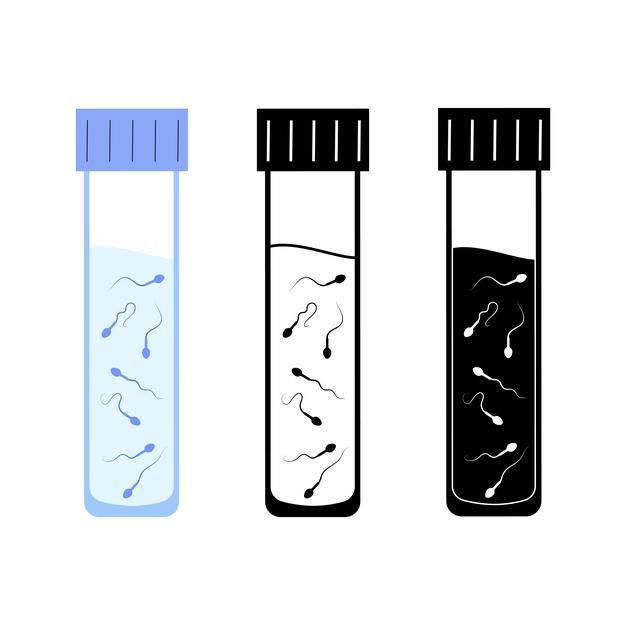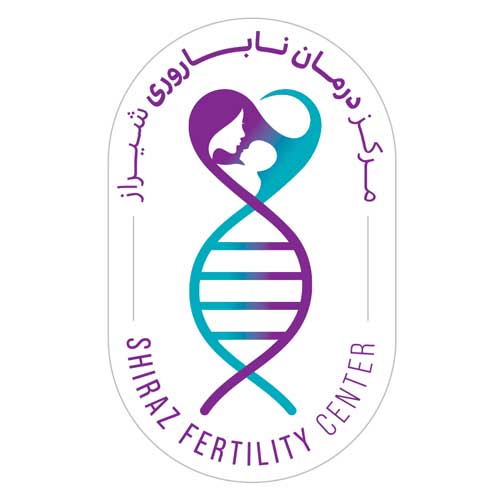
Polycystic ovary syndrome and ART

Indications for PGD
( Semen Analysis )
Generally, sperm are produced in the testes, stored in the epididymis, and become motile there. Semen is composed of two parts: cellular and plasmatic. The cellular component constitutes about 10% of the semen volume and includes cells of the spermatogonia line, spermatocytes, spermatozoa, white blood cells, and others.
The plasma portion of semen is derived from secretions of accessory sex glands, including the prostate gland, seminal vesicles, Cowper’s glands, and epididymis. It constitutes approximately 90% of the semen volume. During ejaculation, the plasma portion is added to the cellular portion, resulting in the dilution of semen. Semen analysis is not only the basis of laboratory evaluation for infertile men but also helps in diagnosing the severity of male infertility.

Due to natural variations in sperm quality among individuals, the results of the initial semen sample may not accurately reflect the individual’s ejaculatory status. Therefore, at least two samples are required for the initial evaluation of male infertility. If the first sample is abnormal, a second sample is collected after a minimum interval of 4 weeks. Repeating the sampling, with an abstinence period of 2 to 7 days, can provide an accurate diagnosis of semen parameters.
semen collection method
The duration of sexual abstinence is one of the factors related to changes in semen quality. Therefore, the minimum and maximum abstinence time is considered to be about 2 to 7 days. If this time is shorter, the semen volume and sperm concentration will be lower than the desired level, and a longer time may also have a negative effect on sperm motility. Sampling should be done at the laboratory and without stressful conditions. If a second sample is needed, the number of days of abstinence should be constant.
Semen quality depends on how the sample is collected. Sometimes, the individual cannot deliver sperm on the specified day due to stress and anxiety. In such cases, in addition to helping the individual to relax, if the partner has not undergone surgery, they can help their partner to provide a sample in a private and calm environment. If it is not possible to collect a sample at the laboratory, the donor can collect the sample at home, adhering to the sample container storage conditions. The time from sample collection to delivery to the laboratory should not exceed 1 hour. The time from sample collection to examination should also not exceed 3 hours. Sometimes, the use of Viagra (Sildenafil) is also recommended due to its lack of negative effects on sperm quality. As a last resort, if unsuccessful, electroejaculation, sperm aspiration from the epididymis (PESA), or testicular biopsy (TESE) is performed.
Sperm sample is collected by masturbation into a specimen container in the presence of the partner. The specimen container is sterile, wide-mouthed, glass or plastic, with a lid and free of toxic substances so as not to negatively affect the quality of the semen. Complete information about the sample volume, abstinence time, and method of sample collection is recorded. The donor’s information, including the full name of the partner and the donor, date of birth, time and date of sample collection, is written on it.
The container holding the sample can be stored at a temperature between 20 and 37 degrees Celsius. Samples may contain dangerous infectious agents such as HIV, hepatitis virus, herpes, and others. Therefore, adhering to safety and hygiene measures in the laboratory is essential.
Semen analysis is typically performed after liquefaction, a process that usually takes between 30 and 60 minutes following ejaculation. Longer liquefaction times can affect sperm quality due to factors like temperature changes and dehydration.
Generally, semen analysis can be categorized into two types: general and specific. General analysis involves macroscopic examination of the semen sample and microscopic evaluation of sperm parameters. Specific analyses can include biochemical assessments of the semen, DNA fragmentation testing, specialized staining techniques, and advanced methods like 4MACS, FACS, electrophoresis, and SCSA-TUNEY.
Source: Clinical Approaches to Infertility in Reproductive Biology
Also read:



